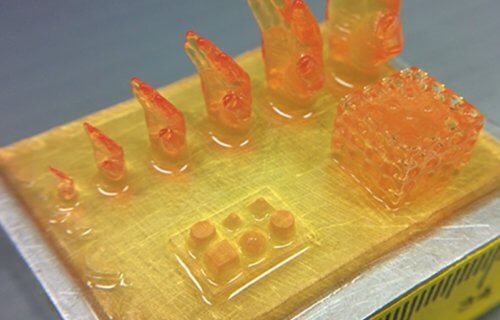BUFFALO, N.Y. — Organ transplants are not only a delicate procedure, they depend on the rare opportunity of matching a donor with a compatible patient. Thanks to 3D printing however, scientists may finally be able to make their own organs and prosthetic limbs for patients. In a recent study, researchers modified a 3D printer, making it capable of developing a life-sized human hand in record time.
Since the invention of the 3D printer in the 1980s, scientists have worked to produce a model capable of printing functional human organs. What would take normal 3D printers about six hours to complete, the modified printer completed in just 19 minutes. Engineers at the University of Buffalo hope to continue these advancements to be able to create replacement organs. The life-changing biotechnology could possibly save countless lives who are currently waiting on transplant lists globally.
“The technology we’ve developed is 10-50 times faster than the industry standard, and it works with large sample sizes that have been very difficult to achieve previously,” says the study’s co-lead author Ruogang Zhao, Ph.D., an associate professor of biomedical engineering, in a university release.
Hydrogel the key ingredient
The technology utilizes a new method of 3D printing called stereolithography. Hydrogels, materials that have the consistency of jelly, help to form the products. Manufacturers already use hydrogels for making items like diapers and contact lenses. Previous studies have detailed how the material is also becoming a vital tool in complex surgeries that repair nerves and tissues.
The team optimized the technology, as well as the hydrogels, to produce accurate and fast results — making their technique the closest to creating human organs.
“Our method allows for the rapid printing of centimeter-sized hydrogel models. It significantly reduces part deformation and cellular injuries caused by the prolonged exposure to the environmental stresses you commonly see in conventional 3D printing methods,” adds co-lead author, Chi Zhou, Ph.D., associate professor of industrial and systems engineering.
According to researchers, the new printing method is specifically tailored for creating cells, tissues, and organs with networks for blood vessels to span. The ability to allow blood to flow through the synthetic structures makes this technology key for printing human organs in the future.
The study appears in the journal Advanced Healthcare Materials.
https://youtu.be/vqveljTzypM
